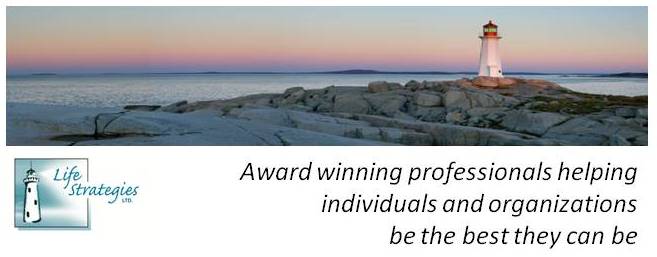 With Spring finally here, change is in the air for many of us; however, we all may not be equally excited to see it.
With Spring finally here, change is in the air for many of us; however, we all may not be equally excited to see it.We took a quick poll to see what our newsletter readers preferred: stability or change. An overwhelming majority (93%) preferred at least some change; 43% liked more stability than change, 27% liked more change than stability, and 23% could do without stability altogether, appreciating variety and new beginnings. Only 7% indicated a preference for stability and continuity.
Although change occurs in almost every facet of life, it sometimes feels like an unnatural process and can result feelings of anxiety and worry. Bridges proposed a three-stage model of transitions where, after experiencing a precipitating change, individuals work through (1) endings and (2) the neutral zone before reaching (3) the new beginning. Although “the neutral zone” is a time of uncertainty and confusion, it’s by working through this transitional phase that an individual can set/achieve new goals and begin to move forward toward the new beginning. Although stability can feel “nice” and “safe” it may lead to stagnation; changes can help you continuously strive for improvement.
According to one change-management website, change preferences are on a spectrum where “stability” and “change” are the endpoints and there are gradations of preferences in between the two. Problems arise when a stability-oriented person encounters rapidly changing circumstances or when a change-oriented person finds him or herself in a slow period with nothing new happening. Understanding our own change preferences, and those of others, can help us navigate the transition process more effectively.
If we don't change, we don't grow. If we don't grow, we aren't really living.
~ Gail Sheehy





